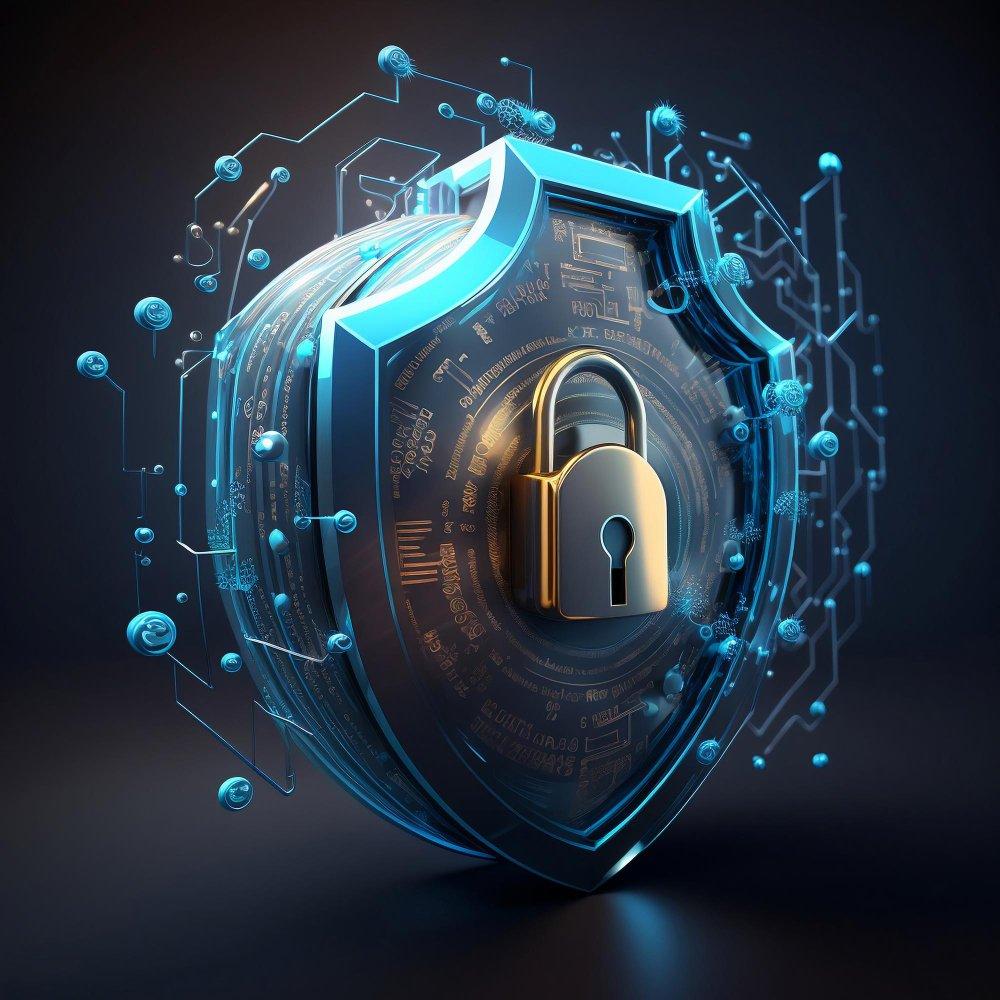
Cyber-security is an important and complex field that focuses on protecting computer systems, networks and digital data from a wide range of threats including cyber attacks, data breaches and unauthorize access.
Importance of Cyber-Security: As our dependence on technology grows, so does the potential for cyber threats. The consequences of cyber security breaches can be severe, ranging from financial loss and reputational damage to compromised personal privacy and even threats to national security. Cyber attacks can target individuals, businesses, government organizations and critical infrastructure, underscoring the urgency of maintaining robust cyber-security practices.
Key Concepts in Cyber-security:
- Threats and Attacks: Cyber threats include a broad spectrum of malicious activities, including viruses, malware, phishing, ransomware, denial of service (DoS) attacks, and more. These threats can exploit vulnerabilities in software, hardware, or human behavior to compromise systems and data.
- Vulnerabilities: Vulnerabilities are weaknesses in systems, applications or processes that cyber criminals can exploit. Regularly identifying and resolving vulnerabilities is critical to maintaining strong cyber security.
- Risk Management: Cyber-security involves assessing potential risks, identifying valuable assets, and implementing measures to mitigate those risks. This includes creating incident response plans to effectively manage and recover from security breaches.
- Authentication and Authorization: Ensuring that only authorized individuals have access to specific resources is a cornerstone of cyber security. Authentication method verifies the identity of users, while authorization determines the actions they are allowed to perform.
- Encryption: Encryption involves converting data into a coded format that can only be decrypted with the proper encryption key. It protects data from unauthorized access, even if it is intercepted during transmission.
- Firewalls and intrusion detection systems: Firewalls act as barriers between networks, controlling incoming and outgoing traffic.
- Intrusion Detection Systems (IDS) monitor network activity for suspicious behavior, helping to identify and respond to potential threats.
Security policies and training: Organizations establish cyber security policies that outline guidelines for secure computing practices. Regular employee training on these policies and emerging threats is critical to maintaining a security-conscious culture.
Challenges in Cyber-Security:
Evolving Threat Landscape: Cyber threats are constantly evolving, with attackers devising new techniques to circumvent security measures. Staying ahead of these threats requires constant monitoring and adaptation.
Skill Shortage: The demand for skilled cyber-security professionals far exceeds the supply, creating a gap in the workforce that has left many organizations vulnerable to attacks.
Advanced Persistent Threats (APTs): APTs are sophisticated, long-lasting attacks where cyber criminals infiltrate systems to steal data or gain control of critical infrastructure. Advanced tools and techniques are required to detect and reduce APT.
Insider threats: Insider threats arise when employees, contractors, or partners misuse their access privileges to compromise systems or data, intentionally or unintentionally.
IoT and Connected Devices: The proliferation of Internet of Things (IoT) devices introduces new entry points for cyber attacks. Inadequate security measures on these devices can create vulnerabilities.
Cyber Security Strategies:
Layered Defense: Take a multi-layered approach to cyber-security by combining various security measures such as firewalls, intrusion detection systems, antivirus software, and encryption to build a strong defense.
Patch Management: Regularly update software, applications, and systems to address known vulnerabilities. Hackers often use outdated software as an entry point.
User education: Educate users about safe online practices ,like including recognizing phishing emails, avoiding suspicious links, and using strong passwords.
Access Control: Enforce the principle of least privilege, ensuring that users only have access necessary for their roles. The potential damage is minimized if an account is compromised.
Incident Response Plan: Develop detailed incident response plans to quickly and effectively address security breaches. This includes identifying key stakeholders, defining roles, and outlining steps for damage mitigation and recovery.
Regular testing and evaluation: Perform regular penetration testing, vulnerability assessment, and security audits to identify vulnerabilities and proactively address them.
Encryption and Authentication: Enforce strong encryption for data both at rest and in transit.
Use multi-factor authentication method to add an extra layer of security to user accounts.
Conclusion
Cyber security is an important domain that protects our digital world from myriad threats.
As technology advances, it has become very important to ensure strong cyber security measures. By understanding the key concepts, challenges and strategies in cyber security, individuals, businesses and governments can work together to create a secure online environment that protects sensitive information, privacy and overall digital well-being.




